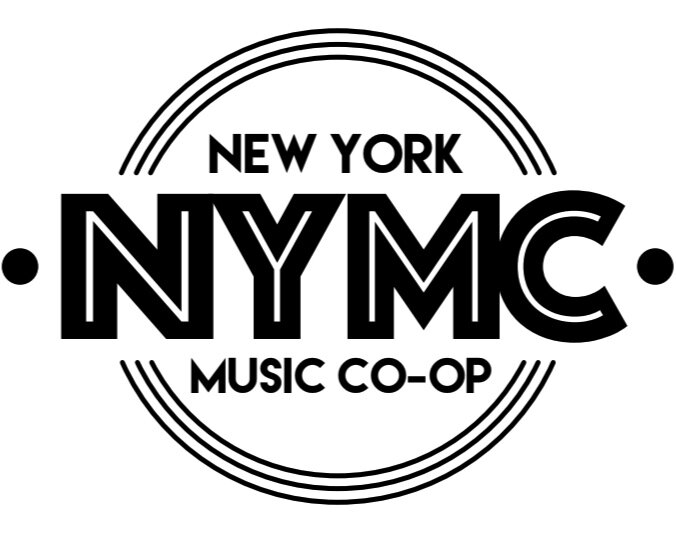How do you play artificial harmonics?
Harmonics are the upper partials of any fundamental pitch. On the guitar they are found in specific proportional subdivisions of the string length, measured in number of frets from the fundamental. The particular spots where they occur on the string may be called harmonic nodes, nodal points, nodes or just harmonics. Traditionally, guitar harmonics have been classified as natural and artificial. Harmonics are classified as natural or artificial according to the way they are played on the instrument. Artificial harmonics are obtained by lightly resting a right hand finger. on the string at a nodal point, while another right-hand finger, or a left-hand finger, lightly plucks the same string. The fundamental note, which is the base of the harmonic may be an open or a stopped string.
Watch the video above for guidance on how to play several different artificial harmonics on the guitar!
Here are the spots on the guitar where you can find most of the artificial harmonics, grouped in order of most common to least common:
Most common species
12, 7, 5, 4, -9 fretsLess common species
+3, -3, +2, -2 fretsRare species
-10, - 8, - 6
Try starting off with the most common species on your own, aiming for a clear, crisp and bright harmonic sound. For further guidance on harmonics, book a lesson with one of the several fantastic guitar teachers at the New York Music Coop.
